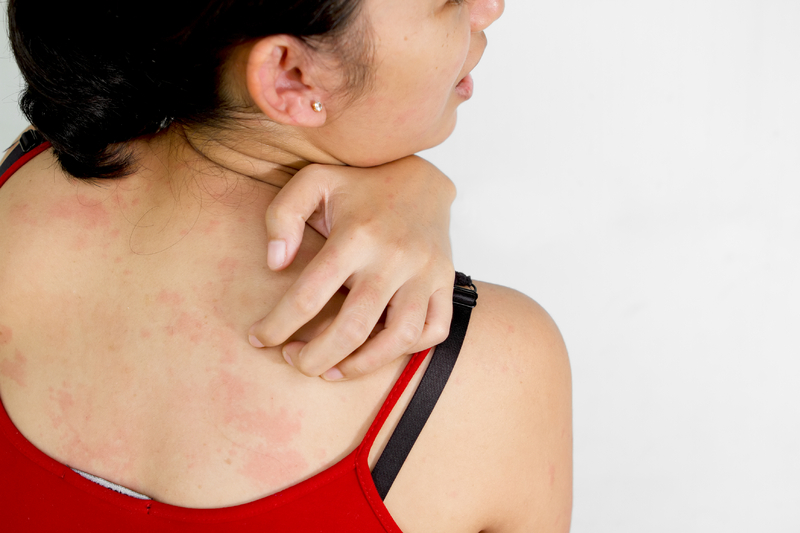Itch and Pain Have a Wasabi Connection

The brain-burning sensation of inhaled wasabi and the skin-crawling, maddening feeling of an itch -- new research has uncovered a specific neurological connection between the two. It turns out that the molecular switch that tells your brain you have just put a little too much of the green stuff on your sushi is also crucial in responding to certain itcy irritants.
"We've known for a long time there is an overlap between itch and pain, and it remains very much a mystery right now," said study researcher Diana Bautista, an assistant professor at the University of California, Berkeley. [Why We Itch]
There is plenty of evidence of this overlap: Scratching your skin can be uncomfortable or even painful, unless you have an itch; compounds that cause pain, such as the chemical that makes chilli peppers hot, capsaicin, can also make you itchy, and some treatments for pain, like morphine, can create severe chronic itch, Bautista explained.
A pain-itch connection
Through experiments with isolated nerve cells and with genetically altered mice, Bautista and colleagues zeroed in on a molecular structure that responds to a chemical in wasabi, hot mustard and garlic. Structures like this, called receptors, tell nerve cells in our skin and elsewhere to send information -- in the form of electrical signals -- to our brains.
They found that this wasabi receptor plays a crucial role in creating a signal that tells your brain you are itching when you are exposed to two specific irritants. These are the antimalarial drug chloroquine and a chemical that immune cells release during inflammation.
The wasabi receptor, known as TRPA1, doesn't initiate the itch signals by itself. Some nerve cells with the TRPA1 receptors -- but not all -- have other types of receptors that initially respond to these itchy compounds. These itch receptors are the first responders of sorts, initially detecting an irritant. Then, TRPA1 initiates the electrical signal that registers in our brains as an itch, she told LiveScience.
Get the world’s most fascinating discoveries delivered straight to your inbox.
Bautista and colleagues confirmed this by working with mice that did not have TRPA1. When these mice were exposed to these normally itch-inducing compounds, they didn't scratch as normal mice did because their itch switch couldn't flip on.
The only other itch system that is understood involves the chemical histamine, which first activates nerves by binding to histamine receptors. In order to send a message to the brain, these signal to a other receptors, one of which is sensitive to heat and capsaicin, according to Bautista.
Treating itch
As with pain, itch is an important warning system. It can give you notice to swat away a malaria-carrying mosquito, for instance. But also like pain, the helpful signal can become chronic and debilitating.
About a third to half of our itch nerves are activated by a chemical called histamine, which is familiar to allergy sufferers who may take antihistamines to help treat symptoms. However, many itches do not involve histamines and cannot be treated.
Conditions including kidney and liver failure, diabetes and cancer can give rise to chronic debilitating itch. The antimalarial drug chloroquine also causes itching so severe that some people stop taking the drug and risk contracting malaria because they cannot tolerate the itching.
Bautista's team is interested in these types of itches, in the hopes of one day leading to the development of treatments.
"We think TRPA1 is perhaps a gatekeeper for histamine-independent itch," she said. "We might be able to use drugs that block TRPA1 to treat many forms of chronic itch."
You can follow LiveScience writer Wynne Parry on Twitter @Wynne_Parry. Follow LiveScience for the latest in science news and discoveries on Twitter @livescience and on Facebook.



